I kinda stole the title from Thorsten von Overgaard‘s video, but I think it’s befitting here since, for some reason, having a Leica seems to be a big deal to many people, which oftentimes puts me in the spotlight, but I’m here to debunk that notion.
Some photographers (at least, the ones who can afford them) regard Leica cameras as quintessential for some reason or another. It could be because of the build, lens and/or image quality, simplicity, or simply because it is an expensive niche product. Granted, most, if not all, of the famous photos in history were shot with a Leica. But just because a camera brand can claim that, doesn’t necessarily put it at the top of the food chain.
I became curious about them several years ago when I began studying photographers like Henri Cartier-Bresson, William Eggleston, Diane Arbus, Gary Winogrand, and Joel Meyerowitz, but because of the price tag, they were out of reach to me. That curiosity intensified after I purchased and used the Fujifilm X10 back when I used to shoot with Canon gear. The freedom that the X10 afforded me was unlike what I had with my DSLRs. The only problem with the X10 was that I had to change my “photographic paradigm” when shooting with it, since it didn’t produce the types of images I learned to expect from my Canons.
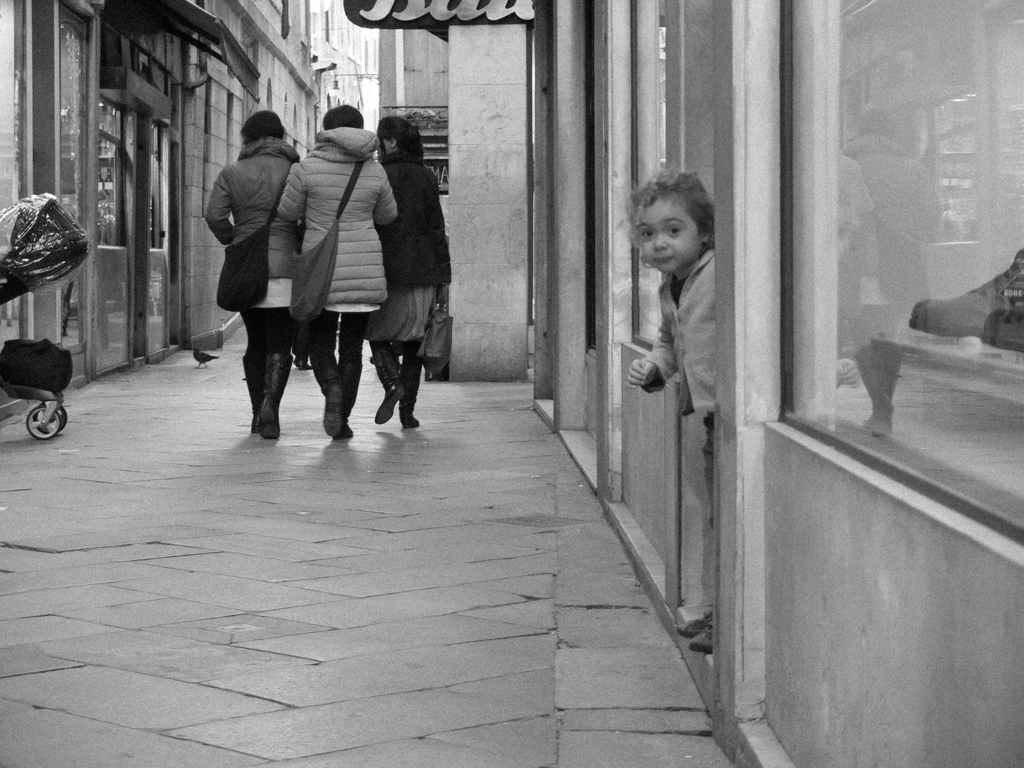
Two things I wanted from Leica: 1) to experience being able to walk into a store and say “Wrap that bad boy up!”, and 2) to see what all the fuss was about. I didn’t buy into the “this image is better because it was taken with a Leica” philosophy that non-leicaphiliacs fervently shun by making statements like “It’s not the camera; It’s the photographer” or “The best camera is the one you have now” (which, in my case, happens to be a Leica).
The non-Leicanites of the world have a very valid point. But they are fighting a useless battle. Both sides should come to the realization that these varying cameras shoot and produce images differently, not better than one another (at least when comparing professional gear). Luckily, I came to that realization years before buying a Leica. I was at a point that I preferred to shoot with the X10 than with my Canon 5D Mk II which, at that time, cost almost ten times more than the X10. The images weren’t better; just different, and I preferred that look over the Canon’s for the type of images I was striving for.
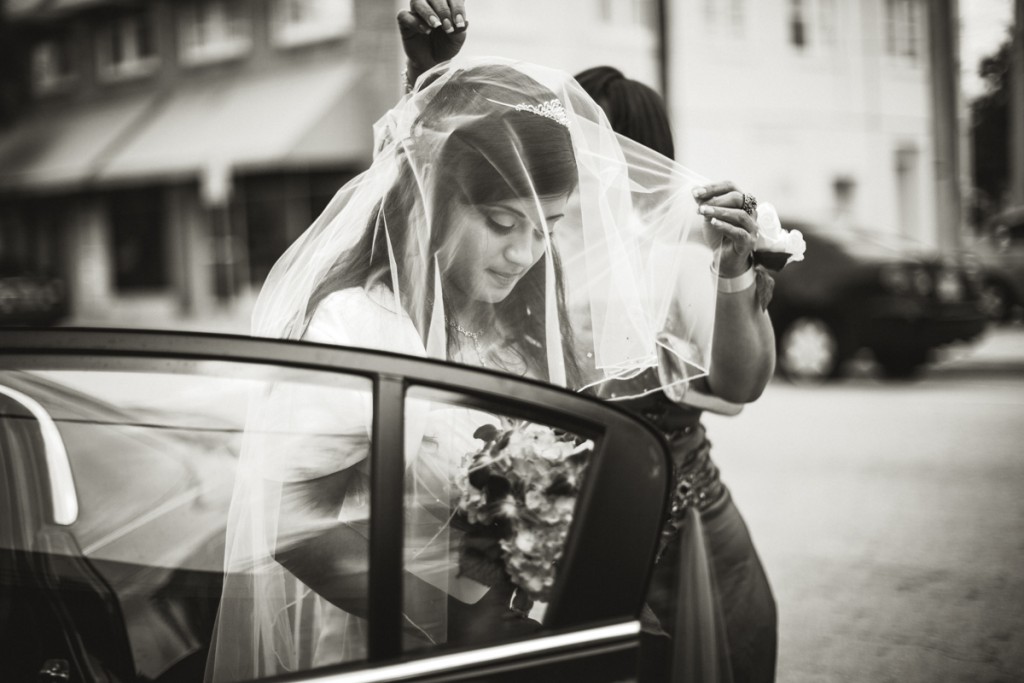
Since the X10 was such a “phenomenal camera”, I decided to try Fujifilm’s flagship camera. So I rented the X-Pro 1. This is Fuji’s answer to Leica, being that it is a rangefinder with a few more perks. By the time I decided to make a move to Fujifilm, they came out with a few other cameras that were a bit more advanced than the X-Pro 1. After careful consideration, I decided to ditch my Canon gear in favor for comparable Fujifilm gear. I ended up with the Fujifilm X-T1 and the X-E2 (a rangefinder style camera, sans rangefinder (it’ll make sense once you see it)). This gave me the portability of the X10, with the “image style” of the Canon, but did not give me the experience of the X10.
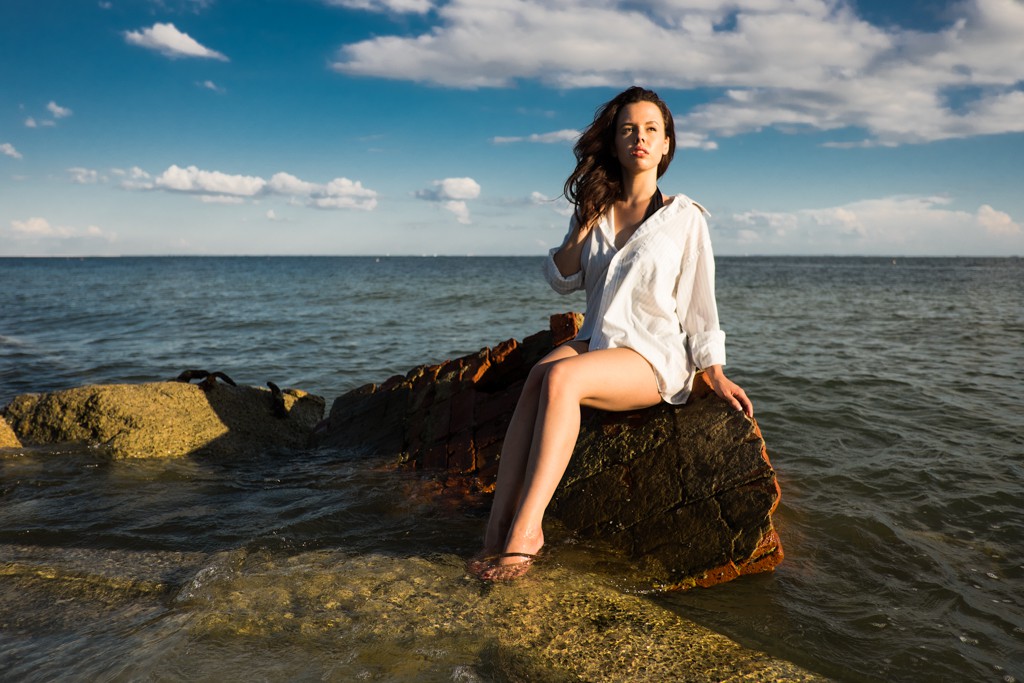
This “experience” has to do with the fact that the X10, like the Leica, doesn’t fight you when you want to take a picture. It doesn’t mean that you’ll always get a great image. It means that the shutter will fire regardless of your settings. So you can wind up and a pure white image because it’s super exposed or a blurry one because your shutter was too slow, etc. In other words, if the image is bad, then it’s your fault. This is contrary to most DSLRs and feature-rich cameras that strive to take the best picture by not shooting until the auto-focus locks or the exposure is within certain parameters. To me, even though I now take more bad shots than before, I’ve come to terms with knowing that it is because of my own fault. It’s better than pressing the shutter button and having the camera fire too late or not at all (this is especially true for the Fujifilm X-T1/X-E2). This is not to say that you cannot set these other cameras to manual to get the same benefits, but the Leica has always been designed for it, whereas the others abandoned that notion with the advent of auto-focus. This immediacy or always ready nature of the Leica is what makes them so capable (in experienced hands) at up close reportage. Especially when you need to be quite discreet.
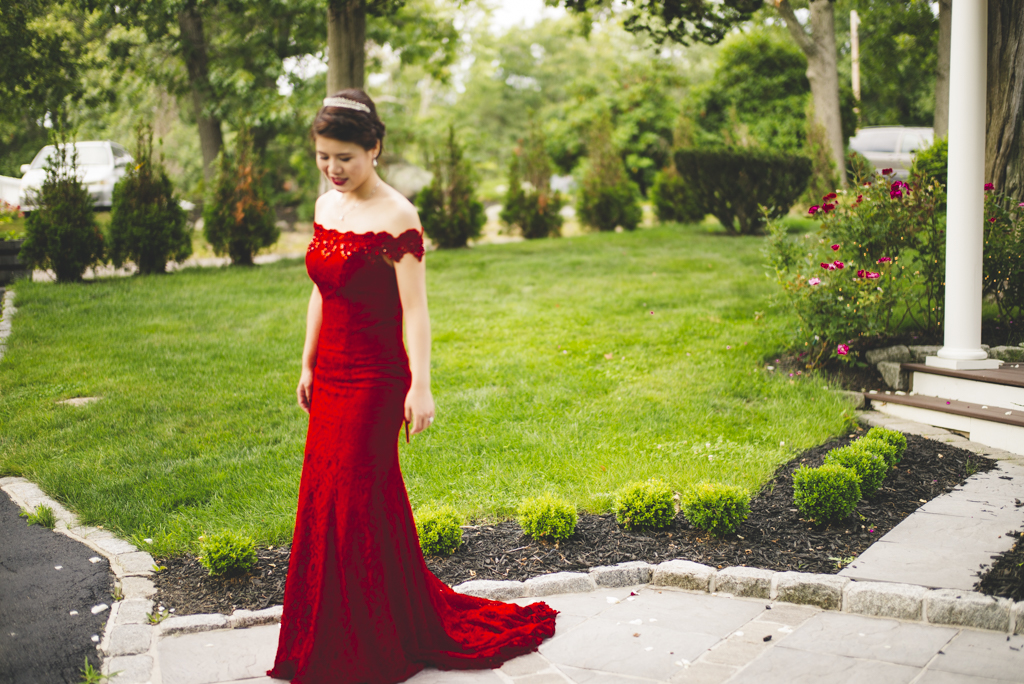
So what’s the point of this post? Well, I’ve been guilty of thinking that Leica shooters are pretentious. Ok, some are, but I understand this feeling of euphoria (hyperbole) that Leicologists experience when shooting. For me it’s the simplicity and immediancy of the camera operation. But I thought, “I’m sure you can feel this way with other cameras.”
So, as an experiment, I went out and shot with the Fuji X-E2 (rangefinder-esque) with the Summilux 50mm attached to it via a mount adapter. The result was quite satisfying: I got pretty much the same experience as with the Leica, but the quality of the images were different. They were actually a combination of Fuji and Leica “look”. I was trying to see if there was something special with the Leica lens that made the images from the Leica M/M-P look “unique”. My theory was this: Leica also makes film cameras and these cameras use the same lenses as their digital siblings. Since film cameras don’t “process images” like digital cameras do, I should see the same results on film as I did with digital, provided that all the magic was in the lens. But, as mentioned, that was not the case.
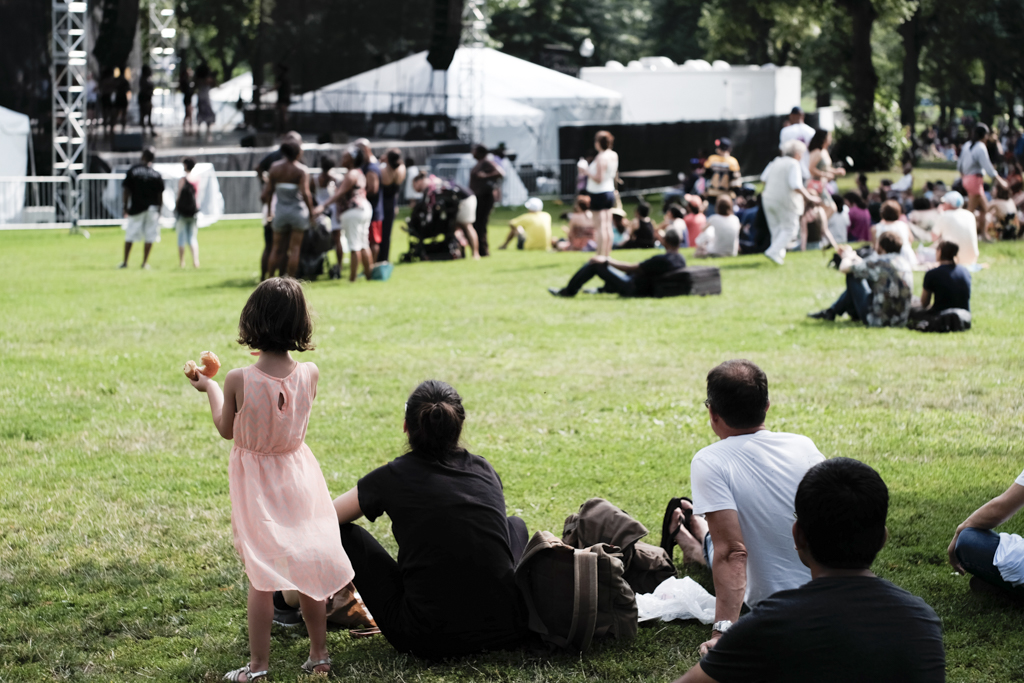
I have to admit, it was a silly theory. The X-E2 has a 16MP APS-C sensor while the Leica M/M-P has a 24MP full-frame sensor. So it’s really comparing apples to bananas. In “Doughnut and a Concert” (above), I was really experimenting with Fujifilm’s “Classic Chrome” setting, which looks wonderful on a calibrated IPS monitor (and print, I reckon). The subject here is the little girl and her flowing dress. I experimented a little with this image and processed it using my “Kevin Mullins” preset. The girl now stands out a bit due to the highlights on her dress.
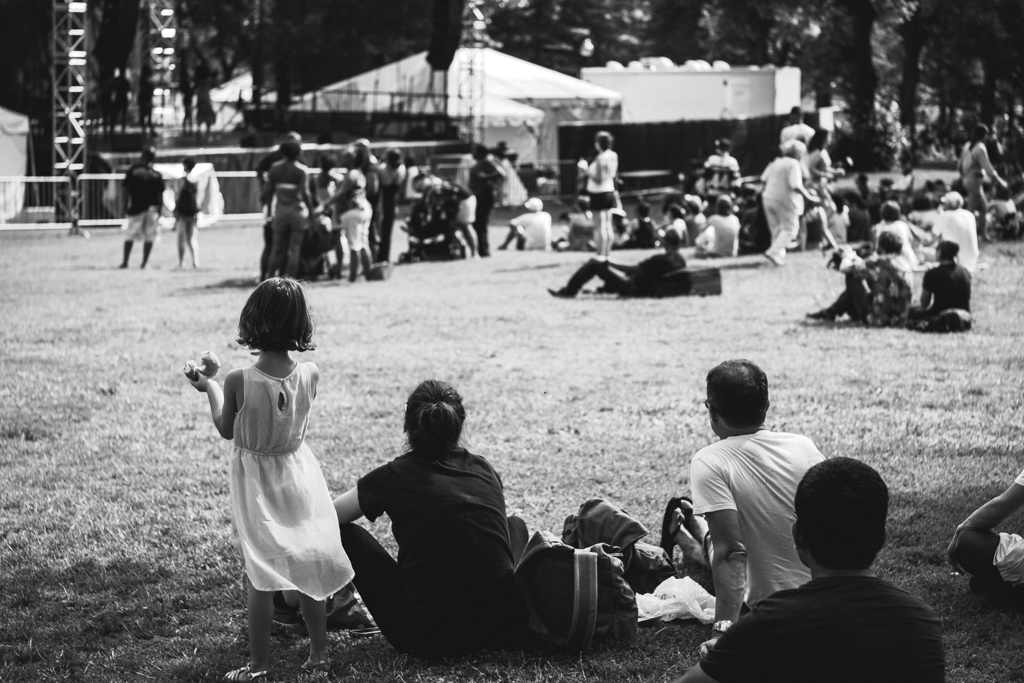
Anyway, this post is not really about the images here, but the fact that bickering about how pretentious or not somebody is because they shoot with a Leica is not worth the effort. Though, in all honesty, some Leicaphiliacs do have that air of superiority. To keep myself humble, I leave mine in my bag until I’m ready to shoot. Then I put it away when I’m done. Some will say that what I exude is false humility, and I think that stems from their knowledge of the price tag. So I’m sure this treatment will continue regardless of what I say.
Looking at these images, you can see that it doesn’t matter what camera you use, but what’s important is how you feel when you use it. If that feeling is positive, then you pictures will show the joy you experienced taking them. So to all you Leica haters and envy-aters (I just made that up), leave us alledgedly pretentious people alone! Now let me go and snap a selfie of me using my Leica for my profile picture (can’t wait to see how many “likes” I get).
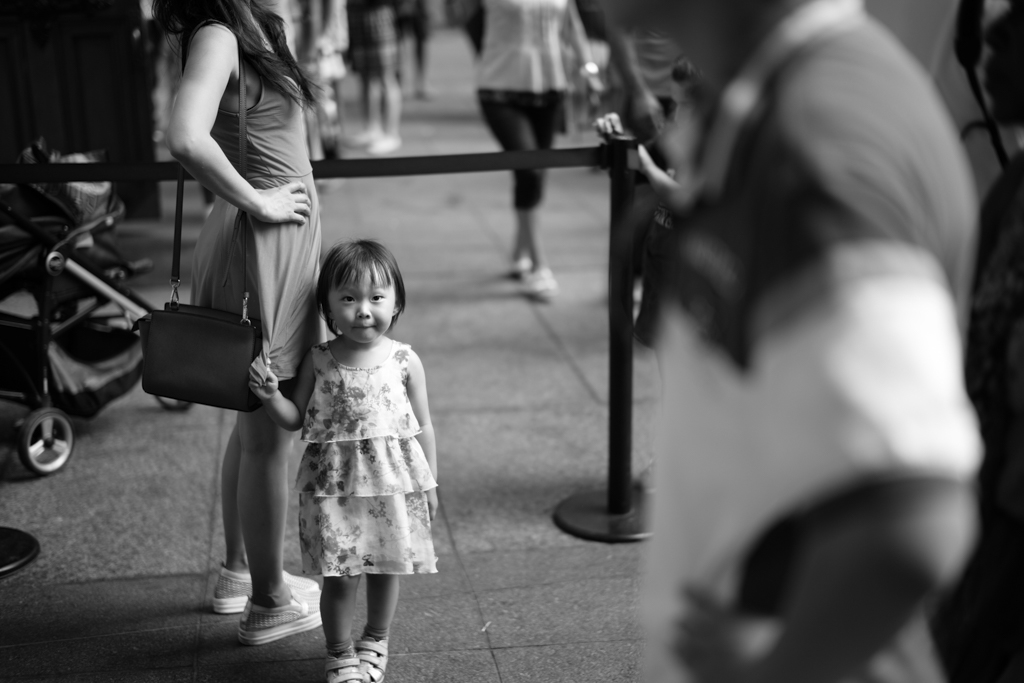
Leica M-P / Summilux 50mm (c) 2015 Alfred Lopez
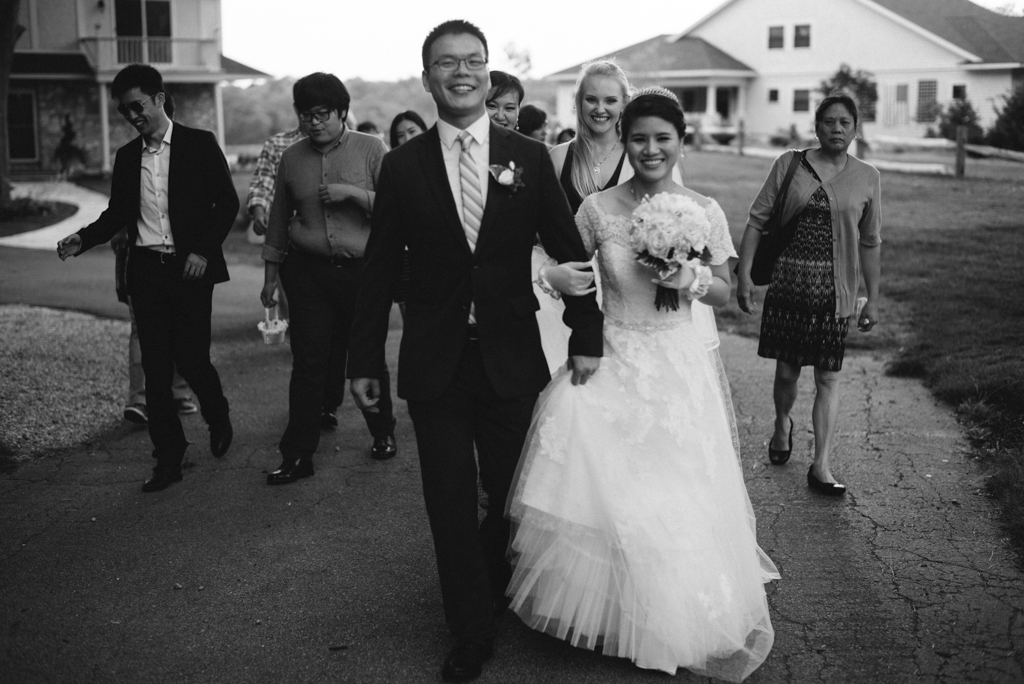
Leica M-P / Summilux 50 (c) 2015 Alfred Lopez
